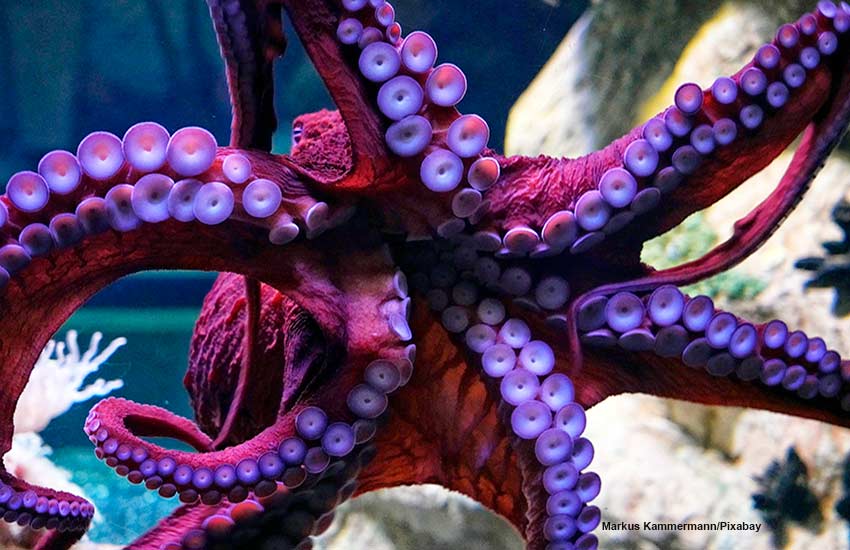FAQs about Biodiversity

9. What are the causes of biodiversity loss?
Human actions have resulted in multiple changes in the natural environment, which have had a very damaging impact on biodiversity. The most notorious causes of biodiversity loss is the change in land use, specifically the conversion of natural habitats into built habitats. There is practically no place on Earth with natural habitats. The main constructions made by Homo sapiens have been to create cities, towns, housing estates, farmlands, fields for raising cattle, factories, dams, aqueducts, ports, airports, underground transportation, roads, highways, power plants, hydroelectric dams, green areas, parks and shopping centers inside and outside the cities, at the expense of millions of ecosystems where the flora and fauna of the place inhabited. Agro-industrial methods and the use of pesticides have caused the decline of insects and birds. For the dangers on marine biodiversity go to question #5.
In tropical rainforests there is a direct loss of habitat as trees are felled to make way for farmland, ranching, mining, roads and industrial infrastructure. This has caused some species to be isolated from others with which they have lived. If they are too far apart, then their gene pool can become so restricted that they may eventually become extinct.
Poaching has put many populations of large mammals in a critical situation. Elephants and rhinos are killed for their horns. Large wild mammals are killed for their trophy hides. The deer to take home their antlers. Small mammals and tropical birds are trapped to feed the millionaire illegal business of exotic animal trafficking.
The commercialization of exotic species to provide hotels and restaurants with raw material to prepare food is another threat that hangs over many animals captured in the jungles. Overfishing is another factor that threatens the biodiversity of the seas, rivers and oceans (see question #5). Whaling to feed many populations is a threat to these large cetaceans.
The spread of diseases and pests is also a problem, particularly among plants. The massive movement of goods and people between remote locations allows them to spread much more quickly. More than half of Europe’s endemic trees are now threatened with extinction, mainly as a result of disease and pests. The ash dieback, which is currently spreading throughout Europe, is an example of this.
FAQs about Biodiversity
1. Why is International Day of Biological Diversity celebrated on May 22?
2. What is biodiversity, and which is the most biodiverse country in the world?
3. What are the megadiverse countries of Latin America?
4. What is the Environmental Conservation Monitoring Center?
5. What are the dangers to marine biodiversity?
6. How many species are there in the Amazon and what is the danger they face?
7. What is the importance of biodiversity?
8. How is biodiversity measured?












